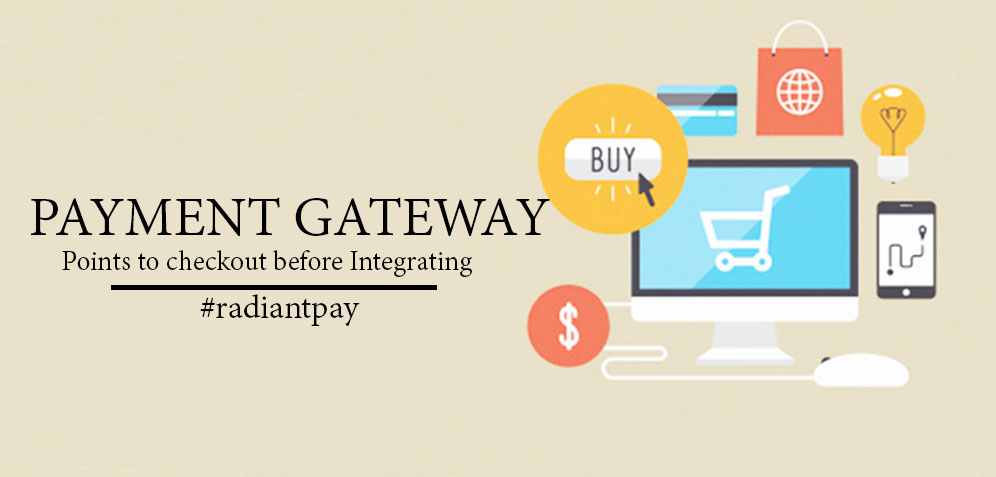 A payment gateway is essential for any business owner that needs to accept online payments from customers. Without a gateway application, securely requesting online payments from purchasers and clients will become impossible. The gateway performs certain functions like verifying the billing information of the customer, verifies the funds of the payment method of the customer and most importantly ensures that the payment owed to you reaches you safely. While the payment gateway application is necessary, there are certain points that you need to check out before integrating.
A payment gateway is essential for any business owner that needs to accept online payments from customers. Without a gateway application, securely requesting online payments from purchasers and clients will become impossible. The gateway performs certain functions like verifying the billing information of the customer, verifies the funds of the payment method of the customer and most importantly ensures that the payment owed to you reaches you safely. While the payment gateway application is necessary, there are certain points that you need to check out before integrating.
Typically there are two categories of payment gateway options you can choose from. There is the modern payment gateway option and the classic payment gateway option. Depending on your use and personal requirements, you can analysis the various benefits of both and opt for the one that suits your needs.
Modern Payment Gateway
In the recent past, in order for one to be able to accept credit card and debit card payments online, it was essential that he or she had a merchant bank account. Accepting payments without merchant bank accounts wasn’t possible. However, with the introduction of the modern payment gateway option, you no longer need to have a merchant bank account to accept payments. Credit card payments can be accepted with just a regular banking account. Further, modern payment gateways charge a payment fee that is larger in amount than the classic payment gateways. Customers will also be redirected to another page in order to make payments.
Classic Gateway Payment
The classic gateway payment method is the old school method of online payment acceptance. In this method having a merchant bank account is essential. Without the merchant bank account you will not be able to accept any online payments through debit and credit cards.
The payment fees charged for classic gateway payments is much more than that charged for modern payment gateways.
